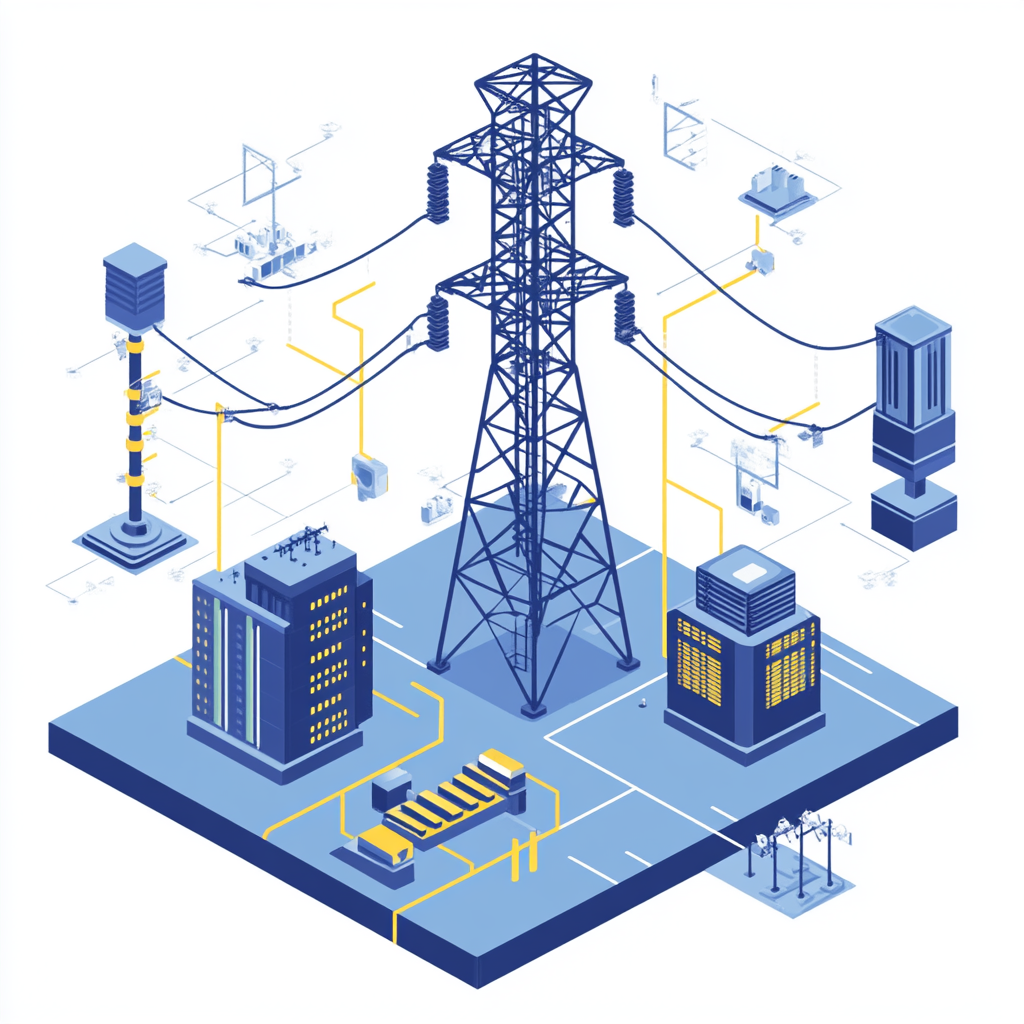Energy
Master Data Architecture in the Energy & Utilities Sector: Core Features & Structural Integration
In the Energy & Utilities sector, where operational complexity meets stringent regulatory demands, a robust master data architecture is the backbone of efficiency, compliance, and innovation. From power grids and pipelines to renewable energy assets and customer billing systems, structured data governance ensures seamless operations in an industry undergoing rapid digital transformation.
The Data Challenges Shaping Energy & Utilities:
Energy & Utilities companies grapple with unique data complexities:
Fragmented Asset Data: Siloed information across SCADA, GIS, ERP, and Internet of Things (IoT) systems.
Regulatory Pressure: Compliance with NERC CIP, FERC, GDPR, and ESG reporting mandates.
Grid Modernization: Integrating data from smart meters, DERs (Distributed Energy Resources), and renewable assets.
Aging Infrastructure: Managing lifecycle data for pipelines, turbines, and substations.
Customer Demands: Delivering real-time billing, outage updates, and personalized energy solutions.
Without a unified data architecture, these challenges lead to inefficiencies, compliance risks, and missed opportunities in the transition to clean energy.
Core Features of Master Data Architecture for Energy & Utilities
Unified Asset Hierarchy Management
Structural Integration: Map hierarchical relationships between assets (e.g., power plants → turbines → sensors) across systems like SAP S/4HANA and Maximo.
Lifecycle Governance: Track asset data from procurement and installation to maintenance and decommissioning.
Regulatory Compliance Automation
Embedded Rules: Automate validation for NERC CIP (Critical Infrastructure Protection), EPA reporting, and carbon accounting.
Audit Trails: Maintain immutable records of data changes for regulatory scrutiny.
Internet of Things (IoT) & Smart Grid Integration
Real-Time Data Pipelines: Ingest and govern data from smart meters, wind turbines, and grid sensors.
Predictive Analytics: Clean, structured data fuels AI models for equipment failure prediction and load forecasting.
Customer-Centric Data Models
Unified Customer Master: Link billing, usage, and service data to enable personalized energy plans and outage alerts.
DER Management: Govern data for rooftop solar, EVs, and home batteries to optimize grid balancing.
Legacy Systems (SCADA, GIS) with Modern Platforms (SAP S/4HANA, Salesforce)
Structural Integration: Bridging Systems & Processes
Operational Technology (OT) and Information Technology (IT) data flows.
Internal Stakeholders (engineers, compliance teams) and External Partners (regulators, suppliers).
Example For Energy & Utilities, Master Data Architecture Seamlessless Connection:
A gas utility uses SAP Master Data Governance (MDG) to integrate pipeline integrity data (from Internet of Things (IoT) sensors) with SAP ERP for maintenance scheduling and regulatory reporting. This structural integration reduces leak risks by 25% and ensures real-time compliance with PHMSA standards.
Case Study: Master Data centralization with SAP Master Data Governance (MDG) in the Oil & Gas Industry
A European energy company partnered with FORTE4 to overhaul its data architecture:
Challenge: Siloed data across 4+ systems caused delayed outage responses and inaccurate DER integration.
Solution: SAP Master Data Governance (MDG) centralized asset, customer, and grid data into a single hub with automated NERC CIP workflows.
Outcomes:
40% faster outage resolution via real-time asset visibility.
100% compliance with state renewable portfolio standards (RPS).
$5M annual savings from optimized grid load forecasting.
Why Energy & Utilities Trust FORTE4’s Expertise
Pre-Built Accelerators: Industry-specific SAP MDG templates for asset hierarchies, ESG reporting, and smart meter integration.
OT/IT Convergence: Expertise in bridging operational data (e.g., Siemens Grid Software) with enterprise systems.
Future-Ready Design: Architectures scalable for hydrogen ecosystems, microgrids, and AI-driven energy trading.
Conclusion
In the Energy & Utilities sector, master data architecture is not just a technical framework—it’s a strategic enabler of reliability, sustainability, and customer trust. By unifying asset, customer, and regulatory data into a cohesive structure, organizations can future-proof their operations and lead the energy transition.
Forte4 combines deep industry expertise with SAP Master Data Governance (MDG) innovation to design and deploy master data architectures that power smarter grids, cleaner energy, and resilient utilities.
Need help to architect your data-driven energy future?
Contact FORTE4 today to explore tailored master data solutions for your organization.












